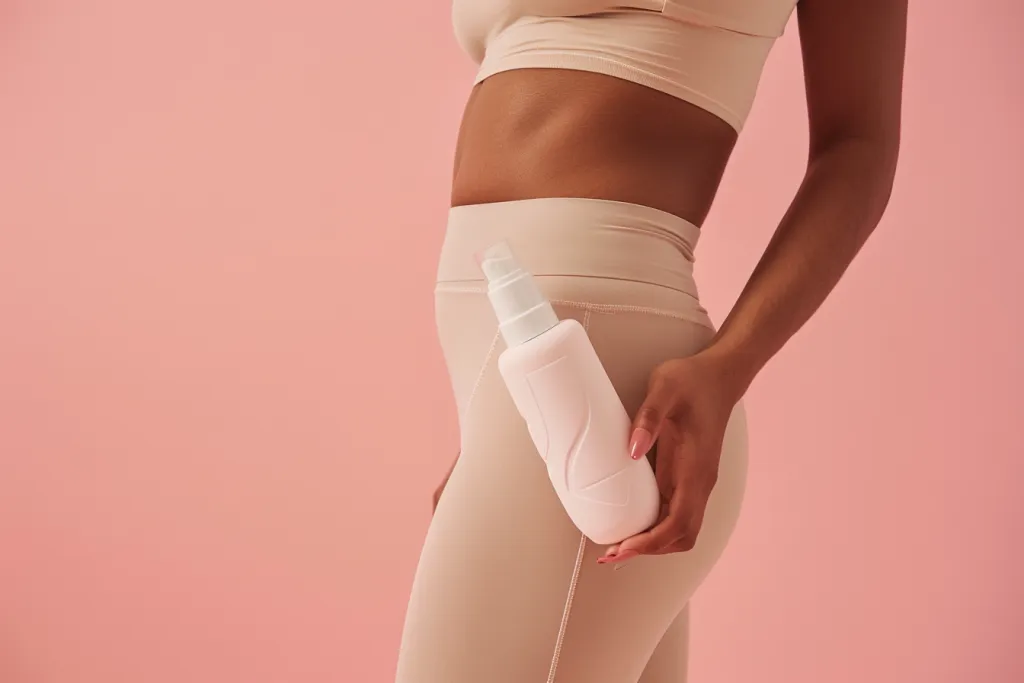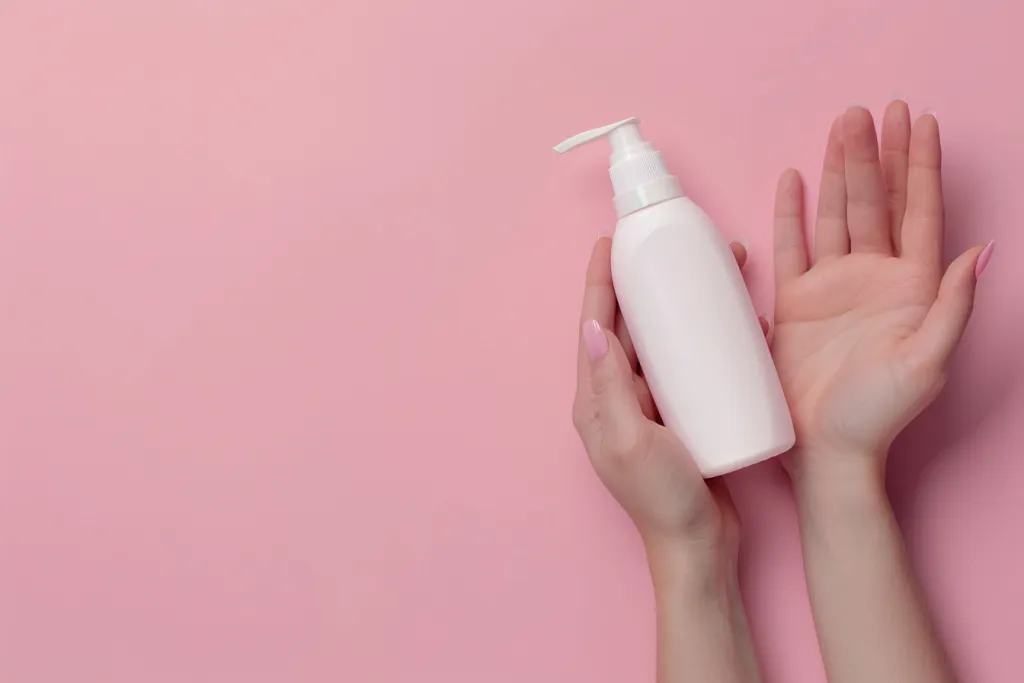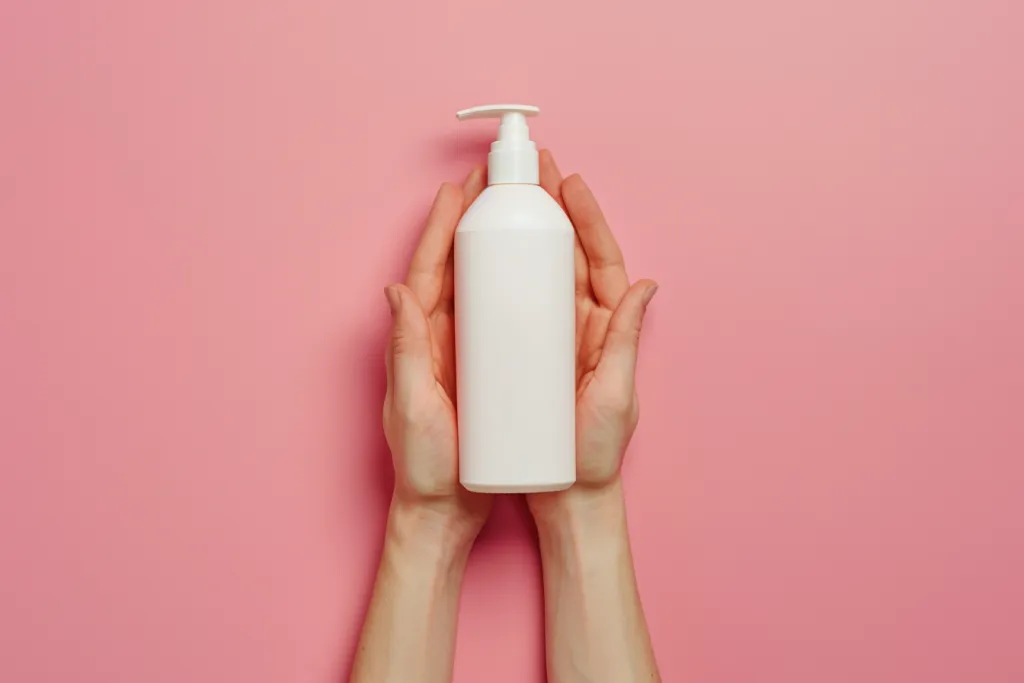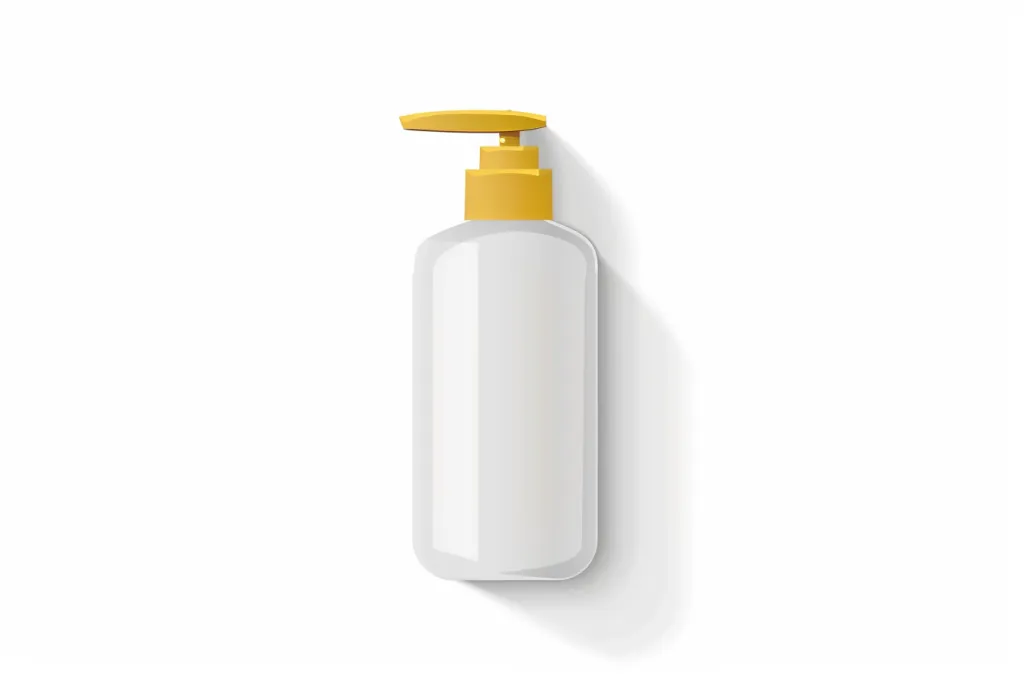In recent years, the personal care industry has witnessed a significant shift towards specialized products, with feminine washes emerging as a prominent category. These products, designed to maintain the delicate pH balance and hygiene of intimate areas, have gained immense popularity among women globally. The increasing awareness about intimate hygiene and the benefits of using dedicated products have propelled the demand for feminine washes, making them a staple in personal care routines.
Table of Contents:
– Market Overview: Understanding the Growth and Demand for Feminine Washes
– Natural Ingredients Are Leading the Way in Feminine Washes
– pH-Balanced Formulas Are Becoming a Standard Expectation
– Customization and Personalization Are Driving Consumer Choices
– Wrapping Up: Key Takeaways on Feminine Wash Trends and Future Outlook
Market Overview: Understanding the Growth and Demand for Feminine Washes

Increasing Awareness and Education
The growth of the feminine wash market can be attributed to the rising awareness and education among women regarding personal hygiene practices. According to a professional report, the global feminine hygiene wash market grew from USD 5.35 billion in 2023 to USD 5.63 billion in 2024, and it is expected to continue growing at a CAGR of 5.57%, reaching USD 7.82 billion by 2030. This surge is driven by educational campaigns and initiatives by governments and NGOs, which have played a pivotal role in informing women about the importance of intimate care and the benefits of using specialized products.
Market Dynamics and Consumer Behavior
The market dynamics of feminine washes represent an ever-changing landscape influenced by various factors, including supply and demand levels. The increasing consumer preference for organic and natural products has significantly impacted the market. American consumers, for instance, prefer organic and natural products, underscoring a broader sustainability and health-consciousness trend. This shift towards natural ingredients is not only a response to consumer demand but also a strategic move by manufacturers to cater to a growing market segment that prioritizes health and environmental sustainability.
Regional Insights and Market Expansion
The demand for feminine hygiene washes varies across different regions, driven by cultural, economic, and regulatory factors. In the Americas, heightened awareness about genital health and the availability of varied products catering to different skin types and hygiene requirements have fueled market growth. In contrast, the EMEA region exhibits a stringent regulatory environment for feminine hygiene products, emphasizing safety and efficacy. Consumers in European countries prioritize products that are free from harmful chemicals and synthetic fragrances. Meanwhile, the Asia-Pacific region is experiencing substantial growth, driven by increasing awareness of personal hygiene among women, rising disposable incomes, and the growing availability of such products through both online and offline channels. Countries such as China, India, and Japan are key players in the market, showcasing a higher demand due to their large population base and the ongoing shift in consumer attitudes towards intimate care products.
The feminine wash market is poised for continued growth, driven by increasing awareness, evolving consumer preferences, and regional market dynamics. As more women become educated about the importance of intimate hygiene and the benefits of using specialized products, the demand for feminine washes is expected to rise, creating new opportunities for manufacturers and retailers in the personal care industry.
Natural Ingredients Are Leading the Way in Feminine Washes

The Shift Towards Organic and Plant-Based Formulations
In recent years, there has been a significant shift in the feminine hygiene market towards organic and plant-based formulations. This trend is driven by a growing consumer awareness of the potential health risks associated with synthetic chemicals and a desire for more natural and sustainable products. Brands are increasingly formulating feminine washes with ingredients derived from nature, such as aloe vera, chamomile, and tea tree oil, which are known for their soothing and antibacterial properties. This movement aligns with a broader trend in the beauty and personal care industry, where consumers are seeking products that are not only effective but also gentle on the skin and the environment.
Consumer Preferences for Chemical-Free Products
Consumer preferences are evolving, with a marked increase in demand for chemical-free feminine hygiene products. According to a professional report, a significant portion of consumers are now prioritizing products that are free from parabens, sulfates, and artificial fragrances. This shift is partly due to heightened awareness of the potential long-term health impacts of these chemicals, including hormonal disruptions and skin irritations. Brands that offer transparent ingredient lists and emphasize the safety and natural origins of their products are gaining a competitive edge in the market. This trend is particularly pronounced among younger consumers, who are more likely to research and scrutinize product ingredients before making a purchase.
Popular Natural Ingredients in Feminine Washes
Several natural ingredients have become staples in the formulation of feminine washes due to their beneficial properties. Aloe vera, for instance, is widely used for its hydrating and soothing effects, making it ideal for sensitive skin. Chamomile is another popular ingredient, known for its anti-inflammatory and calming properties. Tea tree oil, with its natural antiseptic qualities, is often included to help maintain a healthy balance of bacteria. Other ingredients such as calendula, lavender, and coconut oil are also favored for their gentle yet effective cleansing abilities. These ingredients not only provide the desired hygiene benefits but also contribute to a more pleasant and natural scent, enhancing the overall user experience.
pH-Balanced Formulas Are Becoming a Standard Expectation

The Importance of pH Balance in Feminine Hygiene
Maintaining the natural pH balance of the vaginal area is crucial for preventing infections and ensuring overall feminine health. The vaginal pH typically ranges from 3.8 to 4.5, which is slightly acidic. This acidity helps to inhibit the growth of harmful bacteria and maintain a healthy microbiome. Products that disrupt this balance can lead to issues such as bacterial vaginosis and yeast infections. As a result, there is a growing emphasis on pH-balanced feminine washes that support the body’s natural defenses. According to industry insights, consumers are increasingly educated about the importance of pH balance and are actively seeking products that cater to this need.
How Brands Are Innovating with pH-Balanced Products
Brands are responding to the demand for pH-balanced feminine washes by innovating their product formulations. This includes the use of mild, non-irritating ingredients that help maintain the natural acidity of the vaginal area. Some brands are incorporating prebiotics and probiotics into their products to support the growth of beneficial bacteria. Additionally, there is a trend towards using natural acids, such as lactic acid, to help maintain the optimal pH level. These innovations not only enhance the effectiveness of the products but also provide a more holistic approach to feminine hygiene, addressing both cleansing and health maintenance.
Consumer Awareness and Education on pH Balance
Consumer awareness and education on the importance of pH balance in feminine hygiene have significantly increased. Brands are playing a key role in this by providing educational content through various channels, including packaging, websites, and social media. This information helps consumers make informed choices and understand the benefits of using pH-balanced products. Campaigns that focus on the science behind pH balance and its impact on vaginal health are resonating well with consumers. As a result, there is a growing trust in brands that prioritize transparency and education, further driving the demand for pH-balanced feminine washes.
Customization and Personalization Are Driving Consumer Choices

Tailored Solutions for Different Needs and Preferences
The trend towards customization and personalization in feminine hygiene products is gaining momentum. Consumers are increasingly looking for products that cater to their specific needs and preferences, whether it’s addressing sensitivity, dryness, or odor control. Brands are responding by offering a range of products with different formulations and benefits. For example, some brands provide options for sensitive skin, while others focus on moisturizing or deodorizing properties. This tailored approach not only meets the diverse needs of consumers but also enhances their overall satisfaction and loyalty to the brand.
The Role of Technology in Product Customization
Technology is playing a pivotal role in the customization of feminine hygiene products. Advances in data analytics and artificial intelligence are enabling brands to offer personalized recommendations based on individual consumer profiles. For instance, some brands use online quizzes and diagnostic tools to gather information about a consumer’s specific needs and preferences. This data is then used to recommend the most suitable products. Additionally, there are emerging technologies that allow for the creation of bespoke products, where consumers can select their preferred ingredients and formulations. This level of personalization is transforming the feminine hygiene market, making it more consumer-centric and responsive to individual needs.
Success Stories of Brands Offering Personalized Feminine Washes
Several brands have successfully implemented personalization strategies in their feminine hygiene product lines. For example, Kindra, a sex-positive vaginal health brand, has teamed up with pelvic floor physical therapist Dr. Sara Reardon to launch a comprehensive range of vaginal health products tailored to different needs. Similarly, Nemah, a skincare brand created by influencer Mary Lawless Lee, offers products specifically designed for pregnant and postpartum women. These brands have not only addressed specific consumer needs but have also created supportive communities and networks, enhancing the overall consumer experience. Their success stories highlight the potential of personalized products to build strong brand loyalty and meet the evolving demands of the market.
Wrapping Up: Key Takeaways on Feminine Wash Trends and Future Outlook
The feminine hygiene market is undergoing significant transformation, driven by consumer demand for natural ingredients, pH-balanced formulations, and personalized products. Brands that prioritize transparency, education, and innovation are well-positioned to succeed in this evolving landscape. As consumer awareness continues to grow, the emphasis on health, safety, and customization will shape the future of feminine washes, offering new opportunities for brands to connect with their audience and meet their diverse needs.





 বাংলা
বাংলা Nederlands
Nederlands English
English Français
Français Deutsch
Deutsch हिन्दी
हिन्दी Bahasa Indonesia
Bahasa Indonesia Italiano
Italiano 日本語
日本語 한국어
한국어 Bahasa Melayu
Bahasa Melayu മലയാളം
മലയാളം پښتو
پښتو فارسی
فارسی Polski
Polski Português
Português Русский
Русский Español
Español Kiswahili
Kiswahili ไทย
ไทย Türkçe
Türkçe اردو
اردو Tiếng Việt
Tiếng Việt isiXhosa
isiXhosa Zulu
Zulu